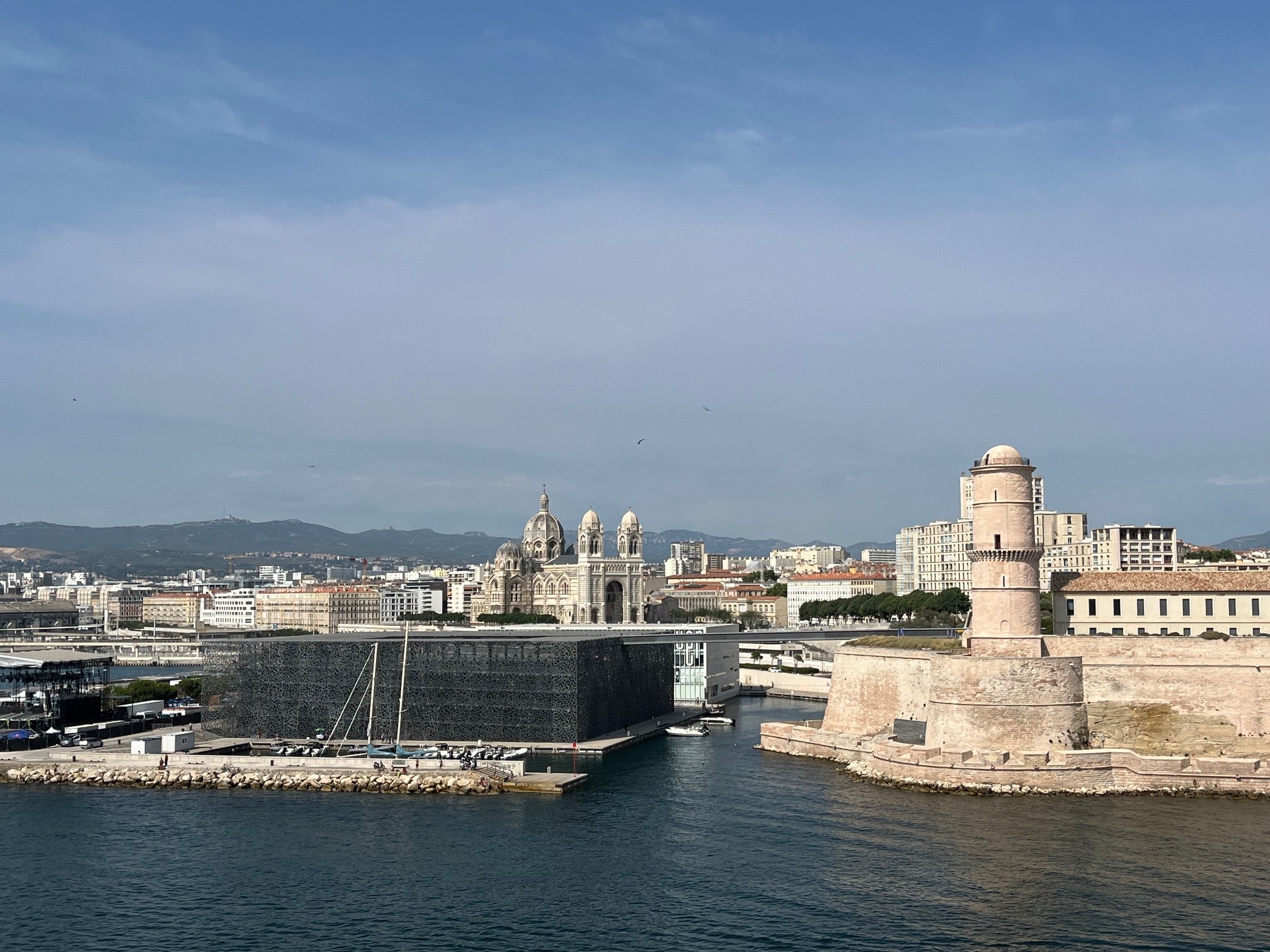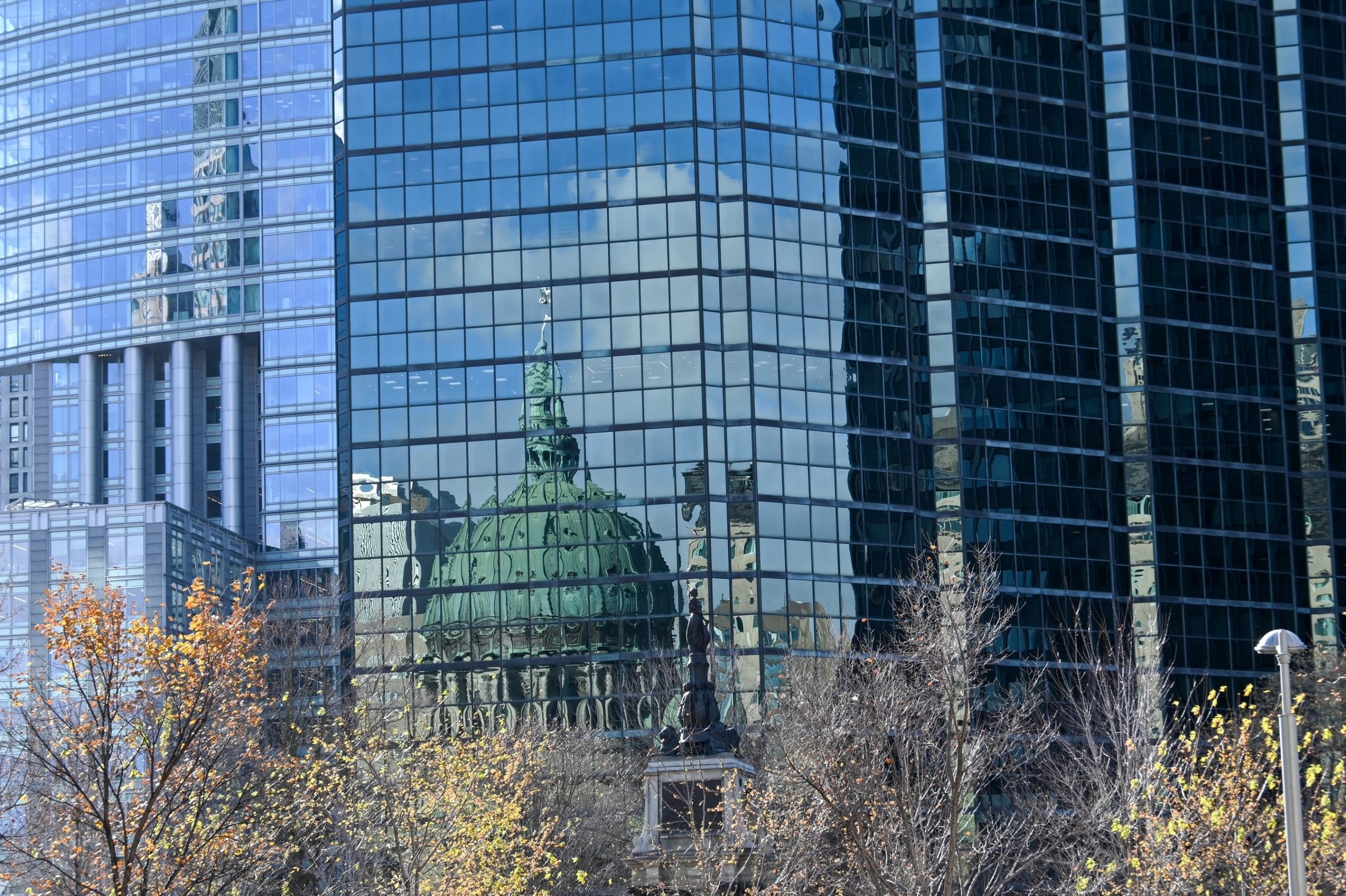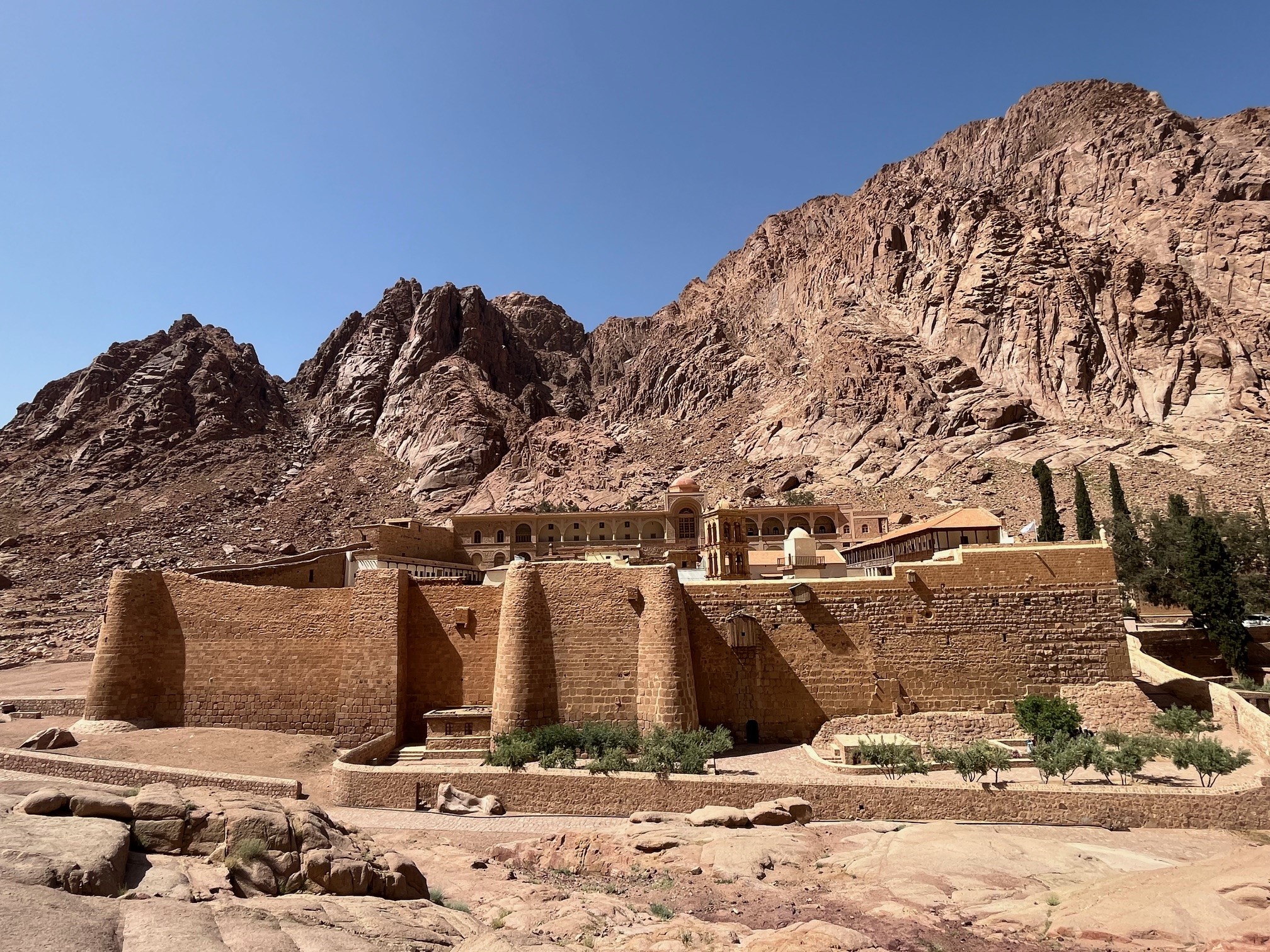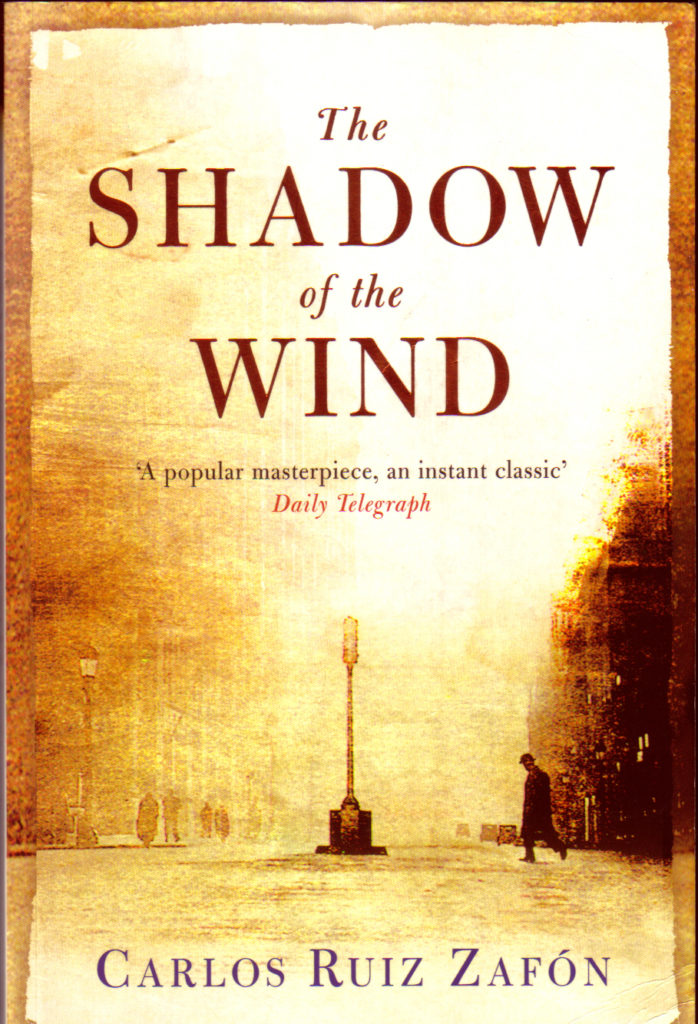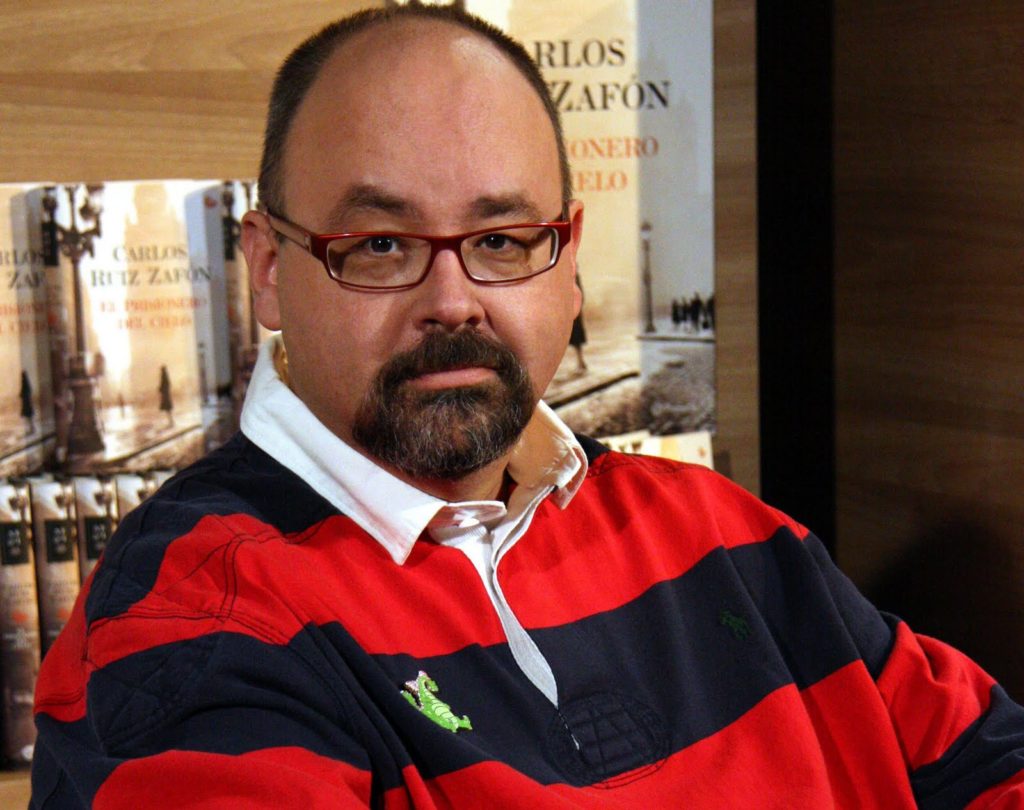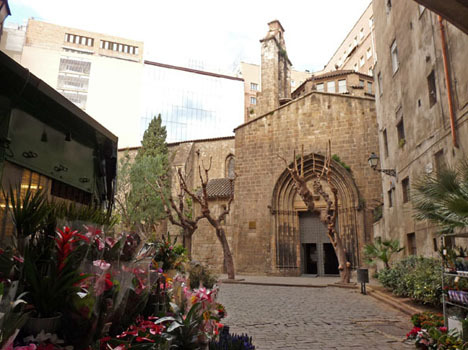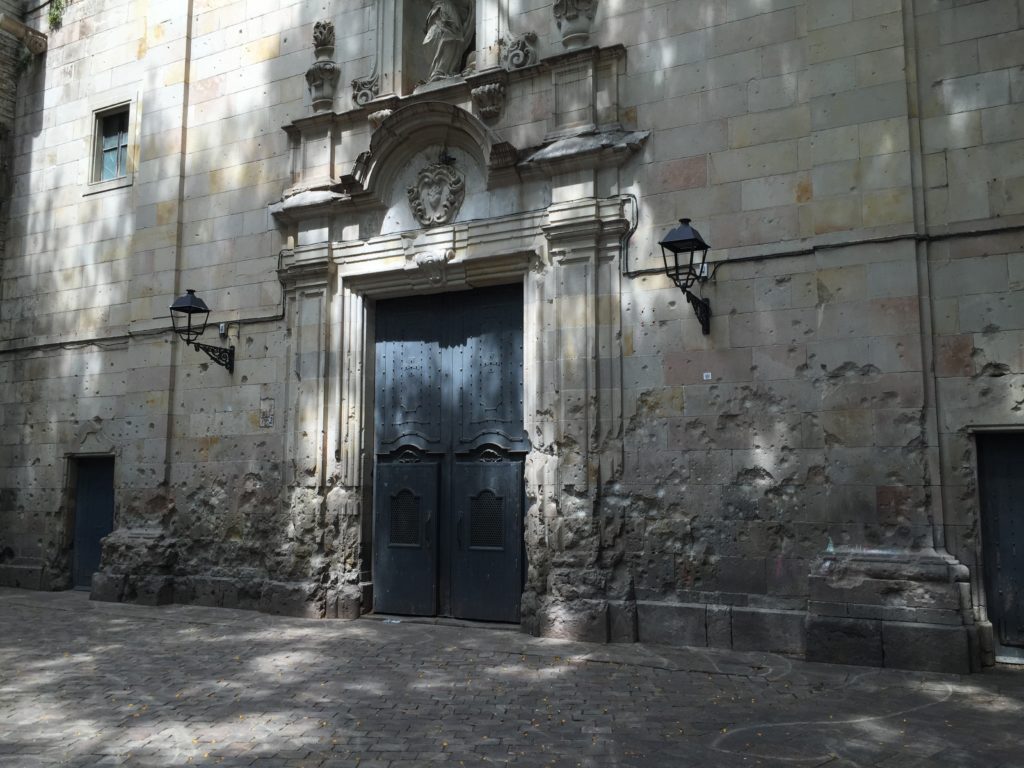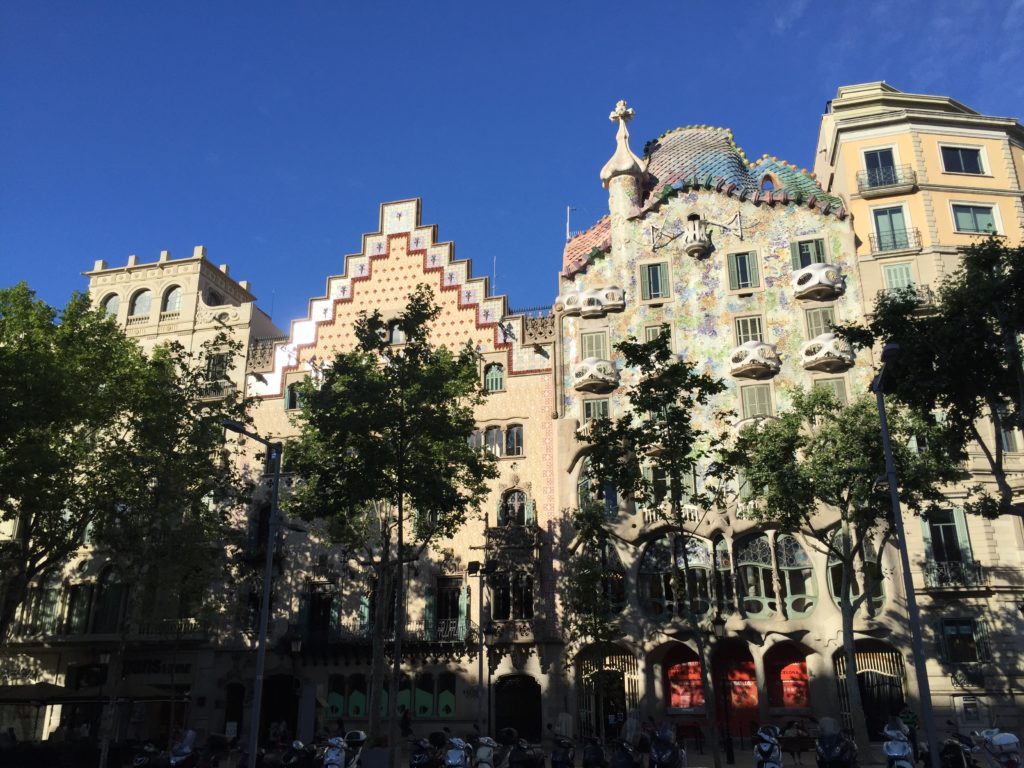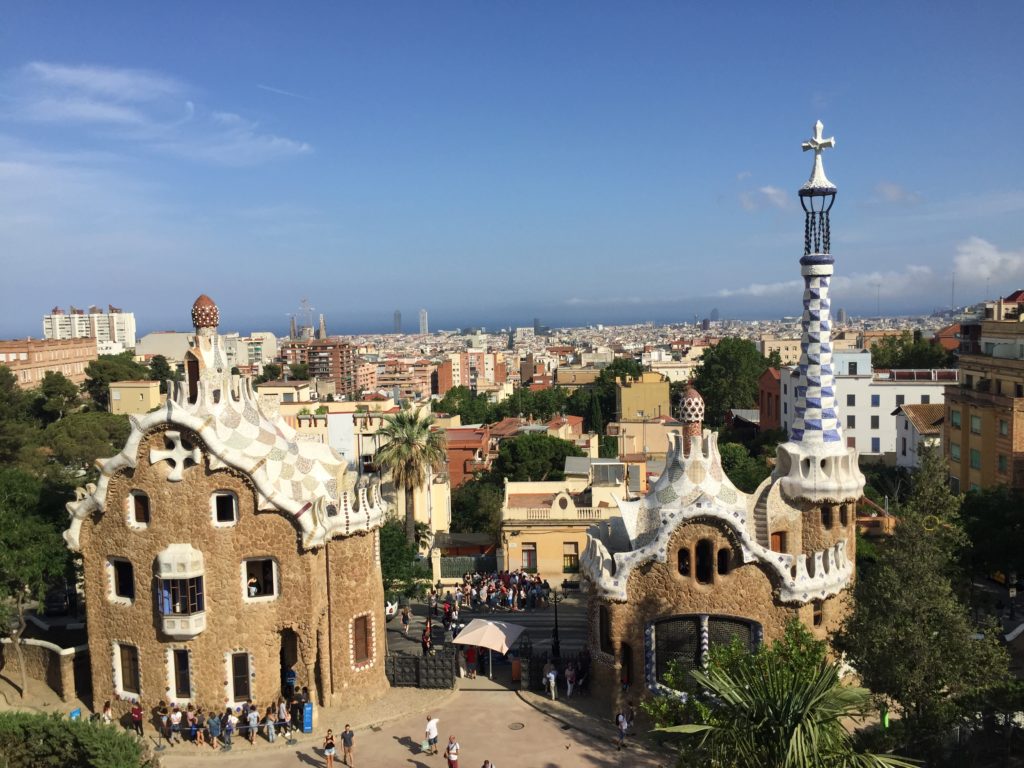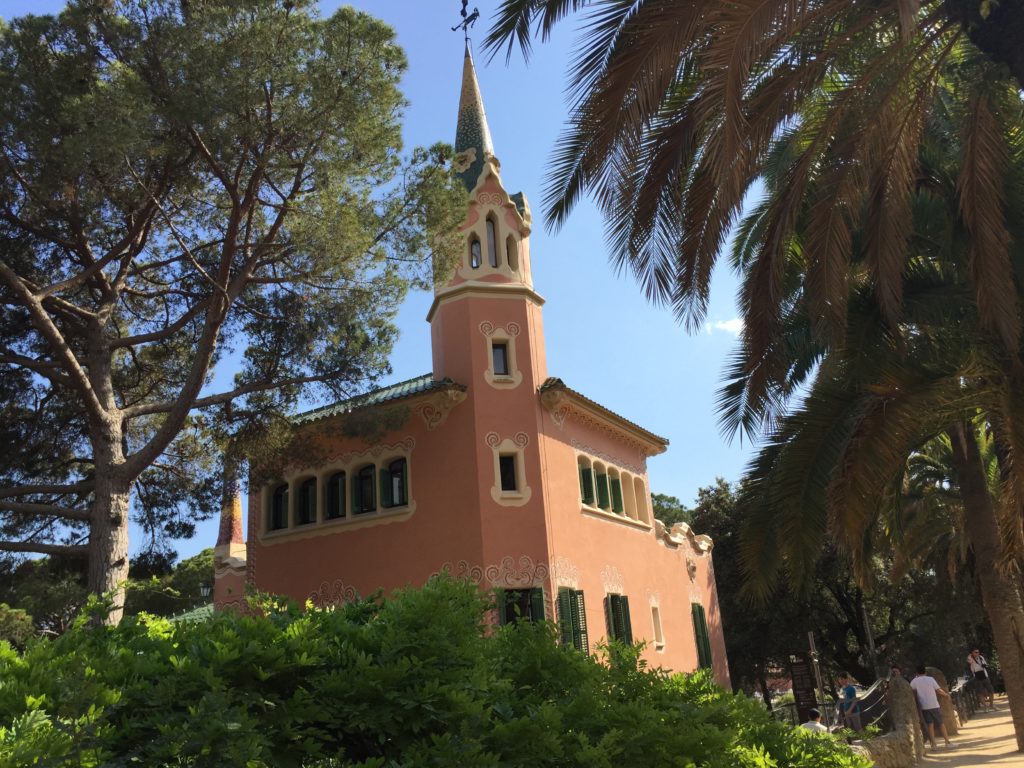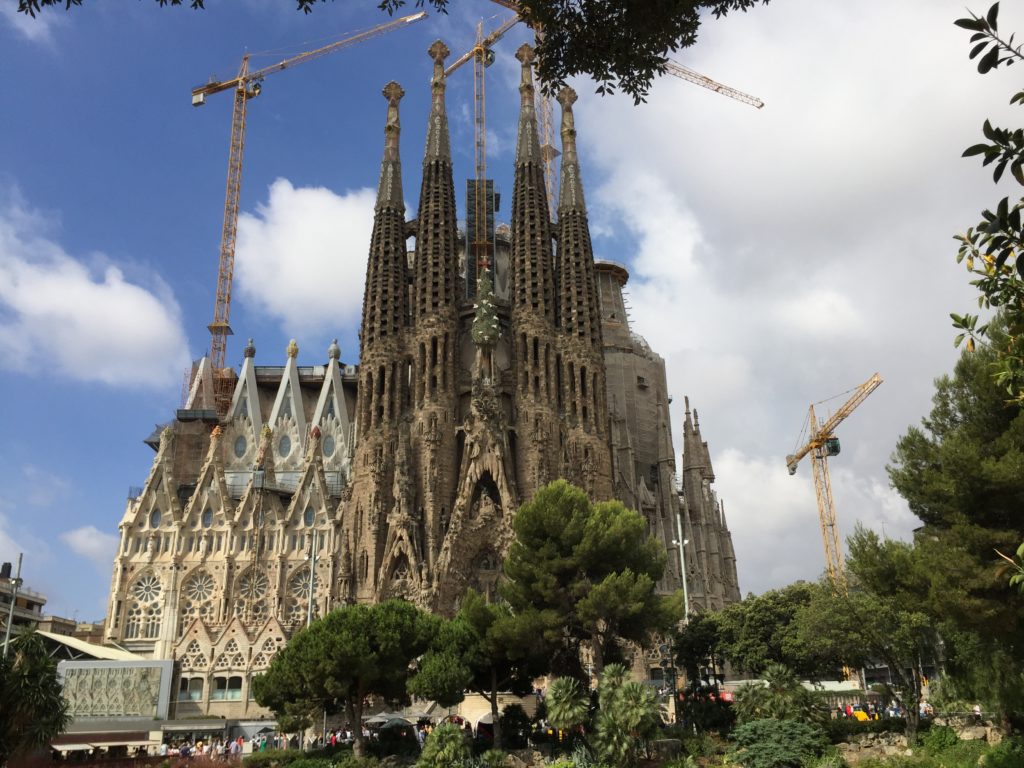Until recently, Barcelona was for me a « must see » city. I had never been there but everybody was telling me how wonderful it is: the perfect destination for a mini-trip in Europe, a lovely place to study for a few months. My son and my parents recently came back enthusiastic. I got an opportunity, I caught it and I just spent a few days in the city. Similarly, a few years ago everybody recommended that I read “The Shadow of the Wind”, Carlos Ruiz Zafón’s bestseller, but I had forgotten to read it. The novel is set in Barcelona during the 50s, with frequents flash-backs to the 30s.
I enjoyed the book with its two intertwined stories, one before and one after the Spanish Civil War. Julián Carax’s story, a forgotten writer who fled Barcelona for Paris in the early 30s and who seems to have disappeared but whose books are systematically pursued and then burned by a mysterious man. And Daniel Sempere’s story, a young boy, son of an antique books seller in the city’s gothic quarter. Daniel discovers « The Shadow of the Wind », Julián Carax’s novel. Fascinated by the book, he seeks to learn more about the author. This quest will rhythm his adolescence and his transition to adulthood, starting with his admiration for the blind Clara Barceló until his love for Bea, who was initially engaged to a Francoist officer. It will also lead him to find out the drama behind the forbidden love between Julián and Pénélope Aldaya, the daughter of a rich entrepreneur, and to uncover the secret of the man who is burning all of Carax’s books.
Walking through Barcelona’s gothic quarter offers a glimpse into some of the book’s atmospheres, for example while window shopping the antique bookshops, probably similar to the one owned by Daniel Sempere’s father, which the novel places close to the small but serene Santa Anna’s church. A few footsteps away, stands Sant Felipe Neri’s church whose facade has kept the scars of a 1938 bombing which killed 48 among the refugees hidden in the convent’s undergrounds. This reminds us of the longstanding feud in the novel between Fermin Romero de Torres, a vagabond welcomed by the Sempere family and police inspector Fumero. Both men crossed paths and their fates in Montjuic citadel’s jail during the Civil war.
But my Barcelona’s favorite was another « not to be missed »: Gaudí. The Sagrada Familia, of course, still unfinished. Park Güell, of course and its project – unfinished again – of villas integrated in a park on a hill overlooking the city and the sea. But what I preferred were my morning walks in the l’Eixample quarter. The broad avenues of this neighborhood built when Barcelona grew up out of its medieval limits during its industrial development were basking in the morning light. The first houses designed by Gaudí and his contemporaries stood next or in front of each other: the Casa Calvet, the first by the master, the three houses forming the Manzana de la Discordia with Puig I Cadafalch, Domènech I Montaner and Antoni Gaudí opposing styles and a little bit further on the Passeig de Grácia, the Casa Milá also known as La Pedrera.
Finally after this styles explosion, back to Park Güell, in the house in which Gaudí lived. The museum allows discovering this character whose austere life – his beatification process by the Catholic Church has been initiated – is in stark contrast with the exuberance and radical novelty of his architecture. Gaudí who revolutionized world architecture but who died in 1926, under the wheels of a streetcar as he was going for his daily payer at the same Sant Felipe Neri church. Without any papers on him, he will be taken for a beggar and sent to the poor’s hospital.


